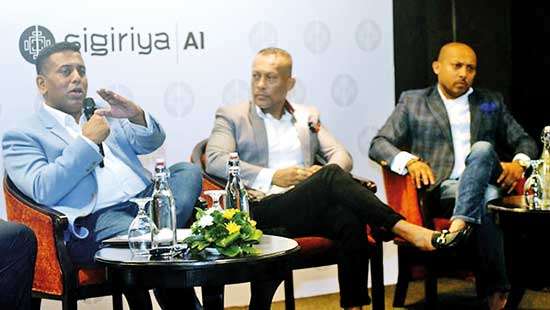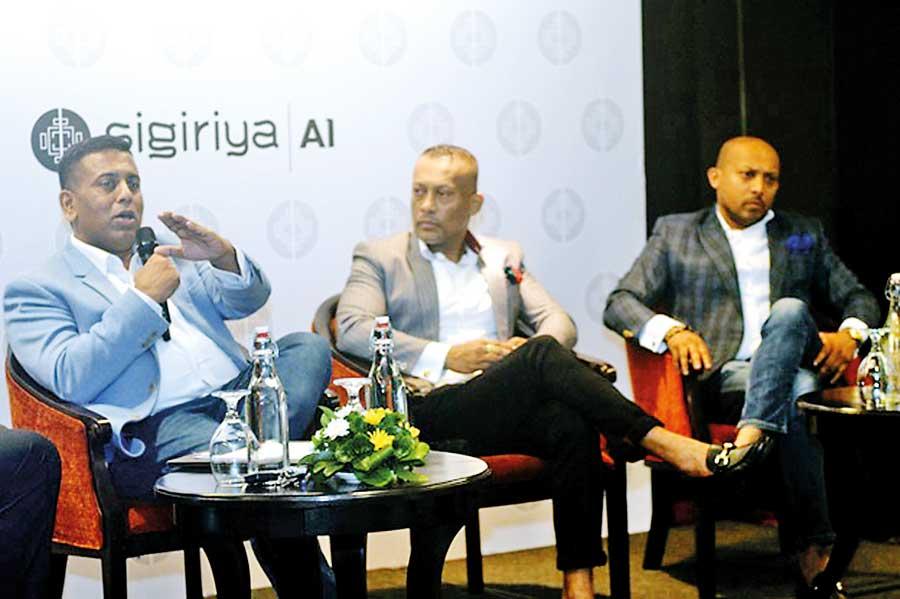Reply To:
Name - Reply Comment


LankaGPT Technologies Co-Founder and Director Lakshitha Karunaratne, Caladium Capitals USA Managing Director Lasitha Gunasinghe and Director Kasun Gunasinghe
PIC BY PRADEEP PATHIRANA
LankaGPT Technologies is gearing up to launch Sri Lanka’s first-ever Sinhala and Tamil AI Generative Pre-trained Transformer (GPT) by July 2024.
Named Sigiriya AI, the text-based AI platform is designed to generate human-like responses to prompts fed in the Sri Lankan Sinhala and Tamil languages.
“The main objective was to have a Sri Lankan-centric AI platform, accessible to Sri Lankans from anywhere in the world. We want to promote our culture and preserve our Sinhala and Tamil languages, which are declining in usage,” LankaGPT Technologies Co-Founder and Director Lakshitha Karunaratne said.
The AI tool has been created using a total collection of 10 billion proprietary data sets for the Sinhala and Tamil languages, respectively.
According to Karunaratne, the AI tool is a foundational GPT platform for Sri Lanka, distinct from OpenAI’s chatbot, ChatGPT.
Developed in partnership with Caladium Capitals USA, the AI tool is designed to deliver responses with 95 percent accuracy for prompts after factual and empirical data.
The programmers of the platform are said to be located across Sri Lanka, India, the UK, USA and Dubai. The primary market aim is to penetrate regions such as the Middle East, Canada and Australia, which hold a significant population of Sri Lankans.
Moreover, LankaGPT is looking forward to providing the tool free of charge to several sectors in the country.
“We recognised the role AI could play in enhancing economic and social landscape. For this reason, we are deeply committed to providing this tool free of charge to the education, agriculture and healthcare sectors, with the hope of driving innovation, empowering communities and fostering sustainable development,” Karunaratne announced.
The subscription price for the platform for the local users is to be disclosed after the launch of the complete product by the second week of July.
Initially introduced as a text-based platform, the tool would be upgraded to work with voice, image and audio inputs in the future, Karunaratne said.